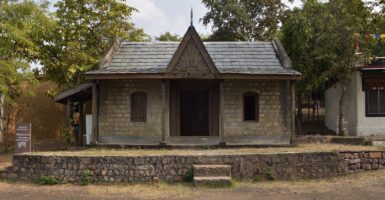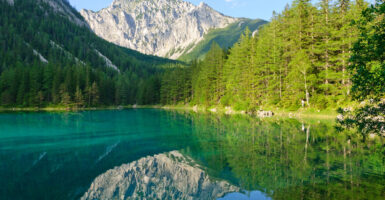From Ice to Fire: The World’s Most Resilient Homes
Living spaces aren’t just about four walls and a roof – they’re testaments to human creativity and determination. Around the world, people have found remarkable ways to build homes in places that seem impossible to inhabit.
Let’s explore how resourceful builders have turned harsh environments into comfortable homes, showing that with enough imagination, a home really can be anywhere.
Underground Desert Dwellings
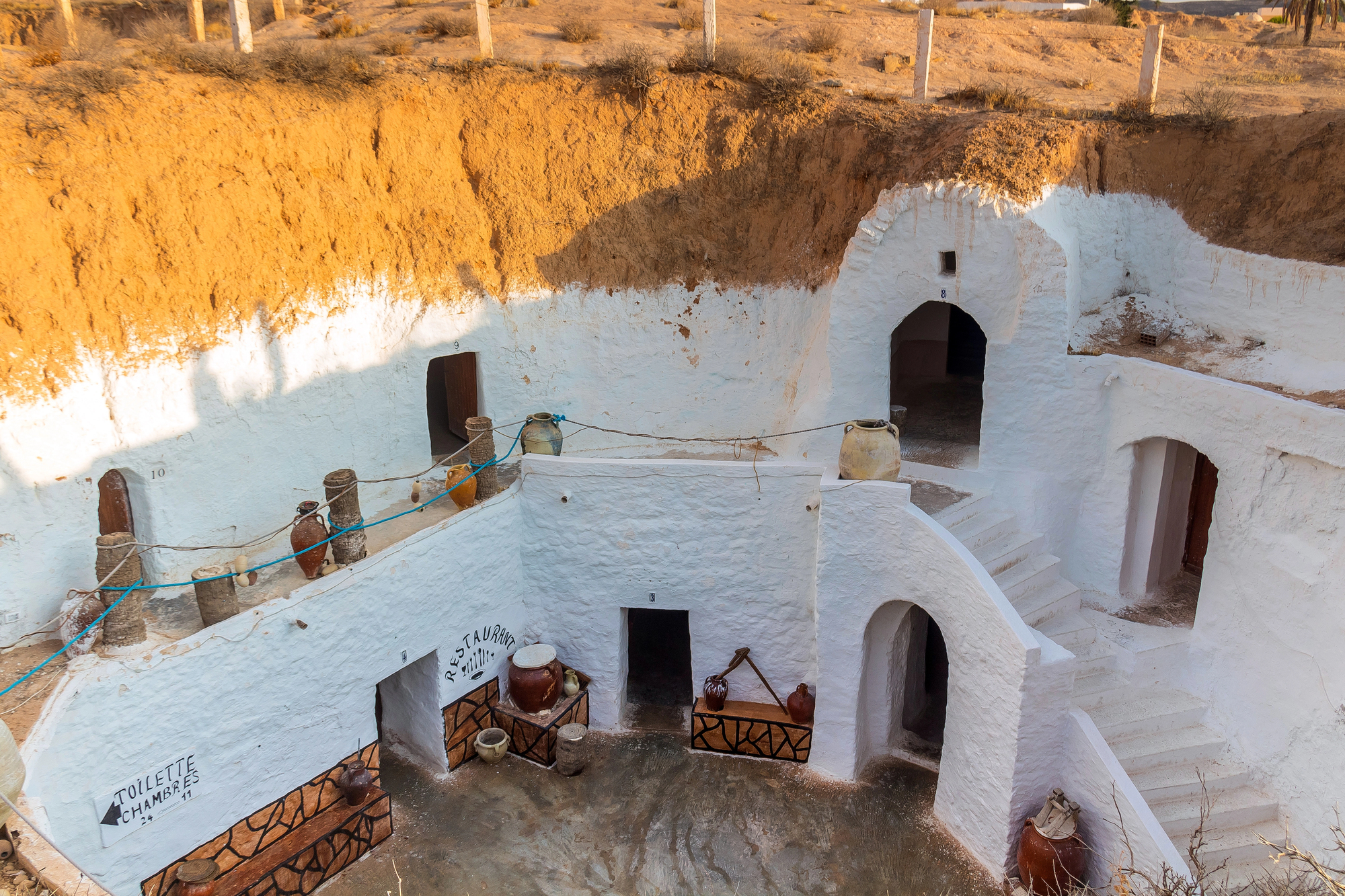
In the scorching Australian outback, entire communities have carved their homes deep into hillsides. These underground houses maintain a steady temperature of around 75 degrees Fahrenheit year-round, protecting residents from the brutal desert heat.
The natural insulation of the Earth means these homes need almost no air conditioning, saving both energy and money.
Ice Hotels
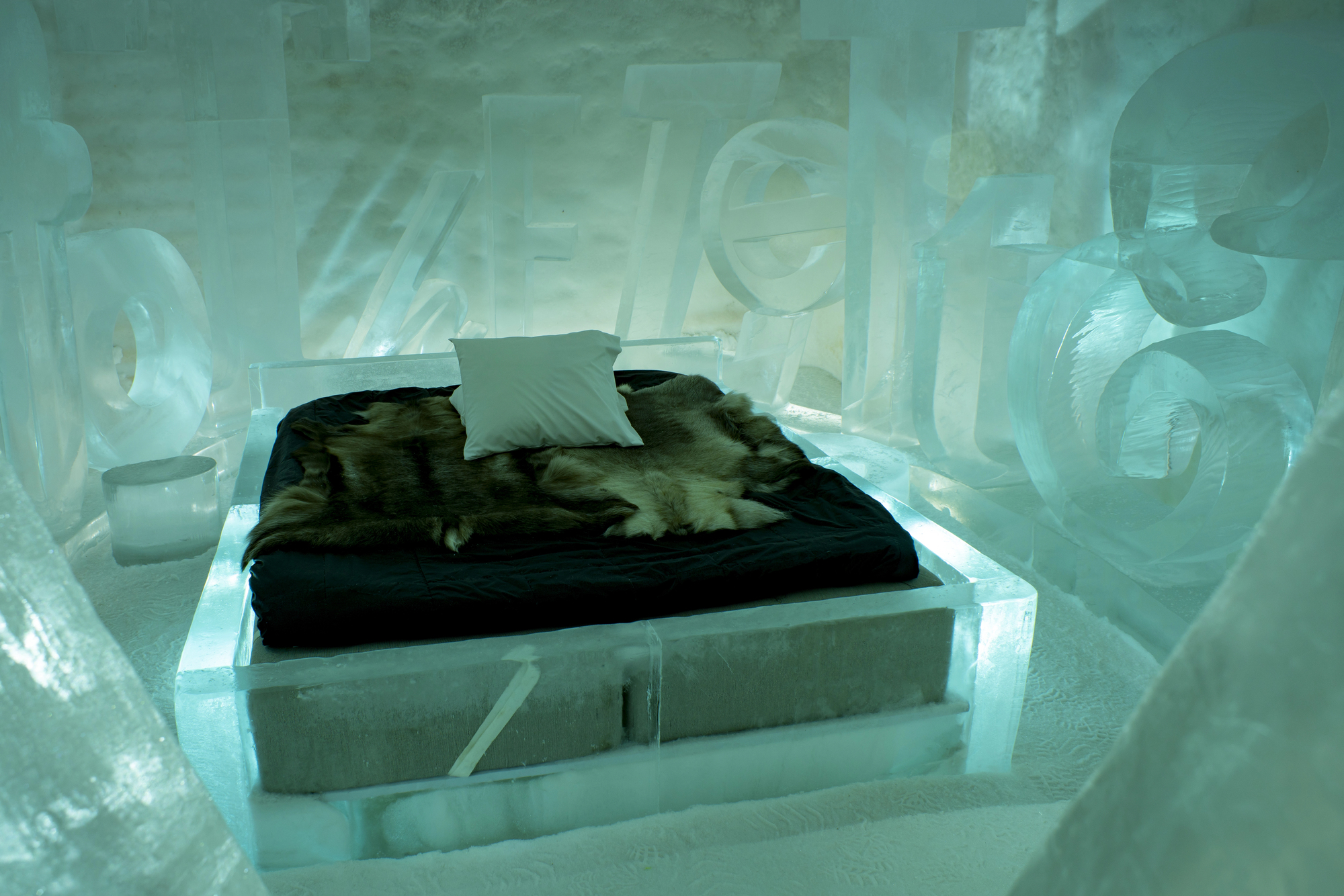
Every winter in Sweden, builders create entire hotels from blocks of ice harvested from nearby rivers. These structures use special techniques to prevent the ice from cracking under pressure.
Snow acts as natural insulation, while thick sleeping bags and reindeer furs keep guests warm through the night. Come spring, these buildings simply melt back into the landscape.
Like Go2Tutors’s content? Follow us on MSN.
Floating Villages
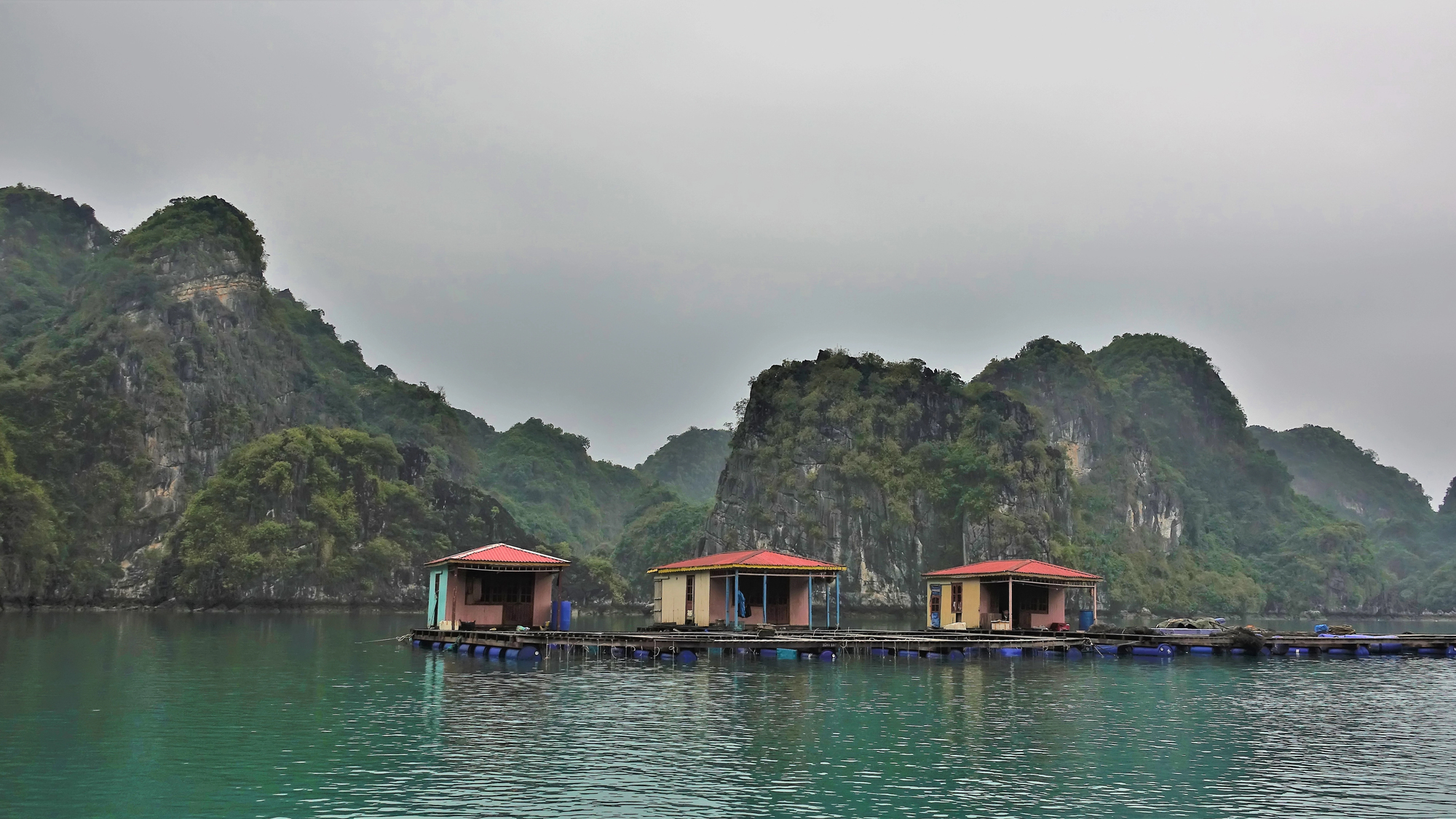
Along Cambodia’s Tonle Sap Lake, whole communities live in houses that rise and fall with the water levels. These homes sit on bamboo rafts or tall stilts, adapting to annual floods that can raise water levels by up to 30 feet.
Residents have even created floating gardens, schools, and markets to support their daily lives.
Mountain Cave Homes
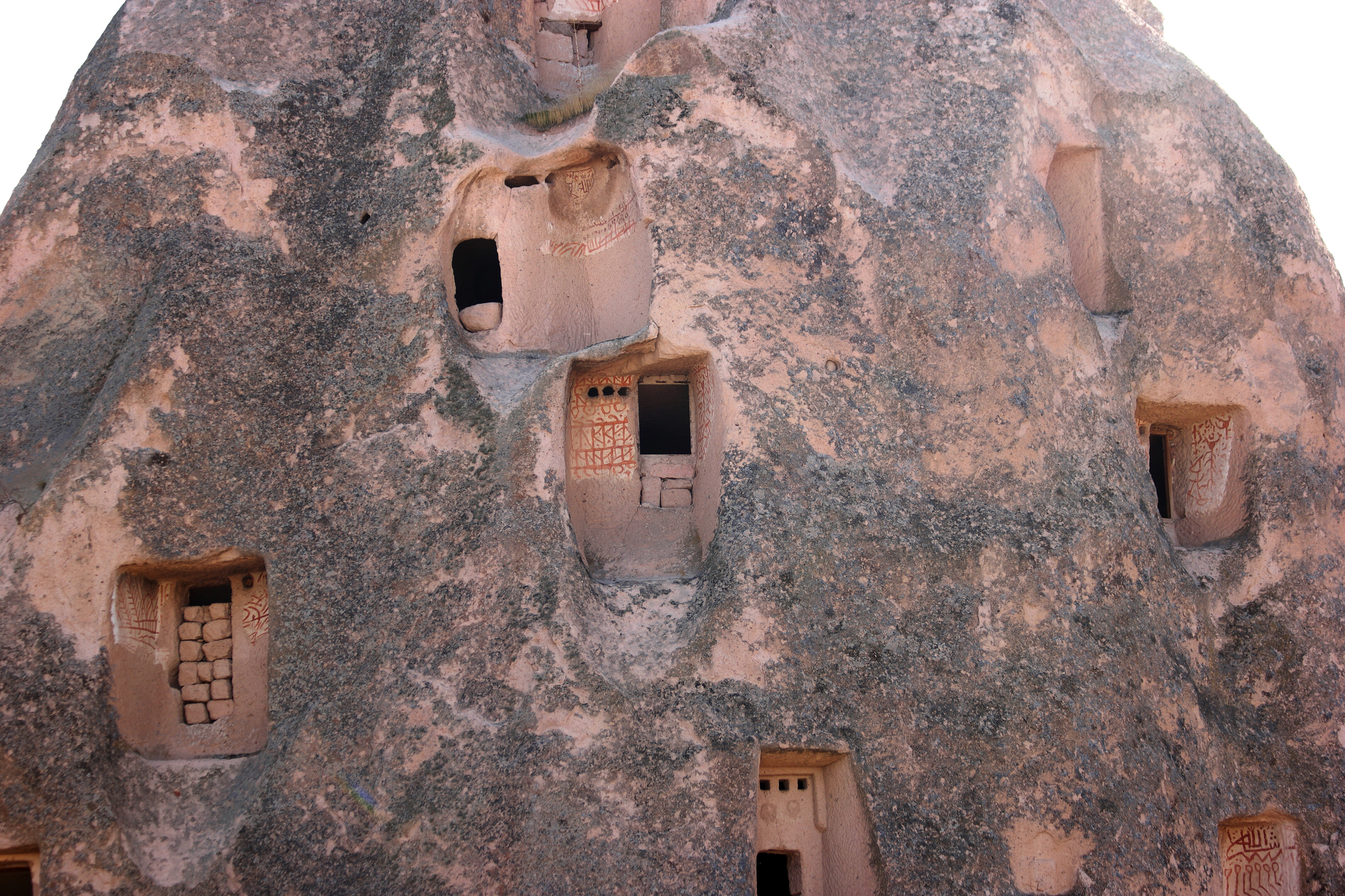
In Spain’s Andalusia region, people have transformed natural caves into modern living spaces. These cave houses stay cool in summer and warm in winter thanks to the mountain’s natural temperature regulation.
Modern additions like electricity and plumbing bring comfort while preserving the caves’ natural insulation properties.
Treehouse Communities
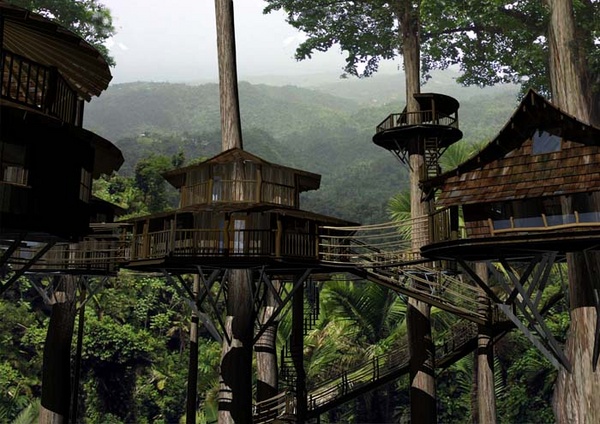
In Papua New Guinea’s rainforests, the Korowai people build homes up to 150 feet high in the forest canopy. These elevated houses protect against floods and forest animals while providing natural air conditioning through height and breeze.
Each house can last up to five years before the wood needs replacing.
Like Go2Tutors’s content? Follow us on MSN.
Desert Tower Homes
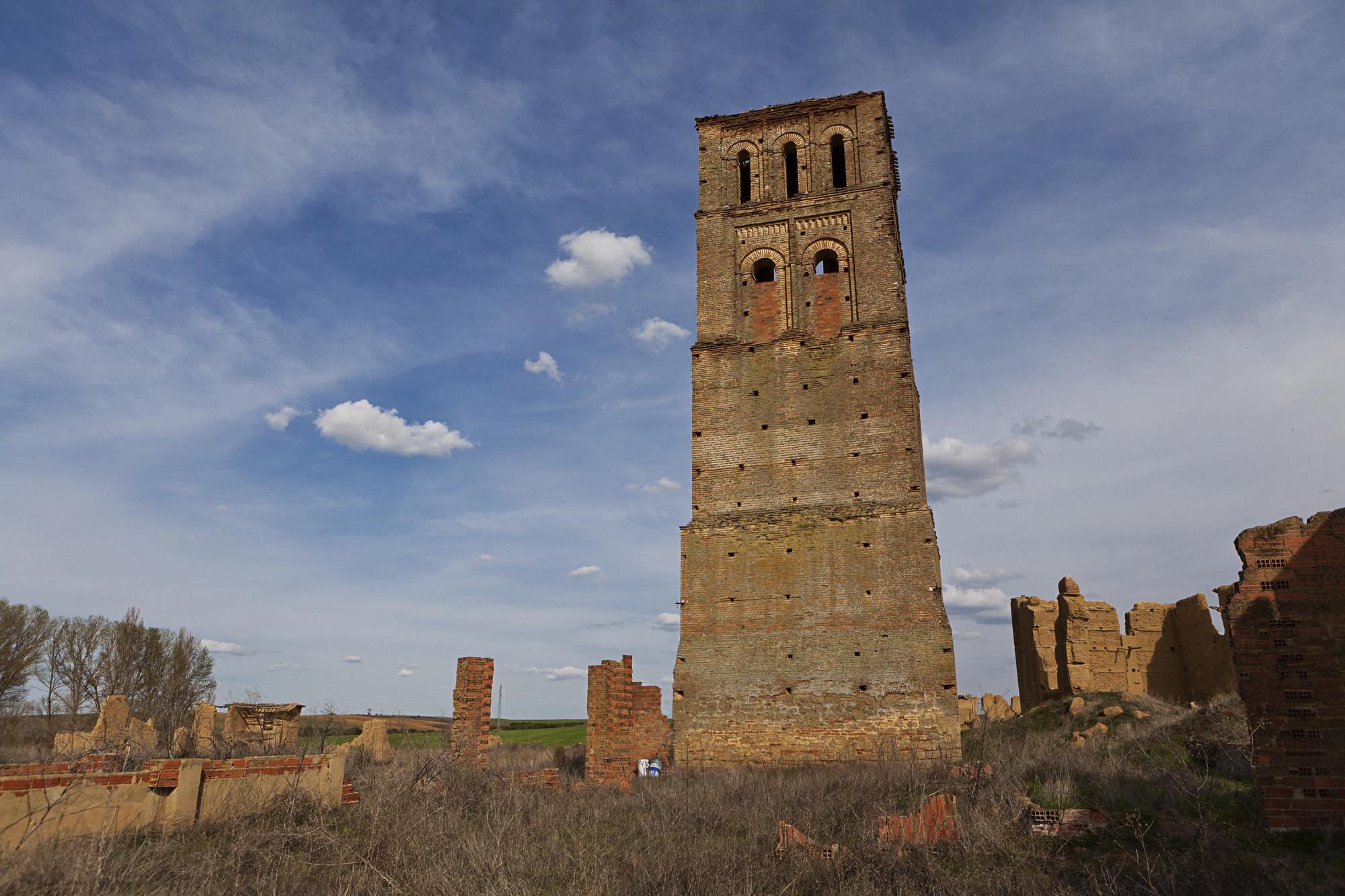
Yemen’s ancient city of Shibam features mud-brick skyscrapers that have stood for centuries in one of Earth’s hottest deserts. These towers, reaching up to eight stories, use thick walls and small windows to keep interiors cool.
Each floor catches different wind patterns, creating natural ventilation throughout the building.
Arctic Igloos

Traditional Inuit igloos use snow’s insulating properties to create surprisingly warm shelters. The dome shape deflects wind while trapping body heat, and a small entrance tunnel prevents warm air from escaping.
A well-built igloo can be 40 degrees warmer inside than outside temperatures.
Cliff-Side Dwellings
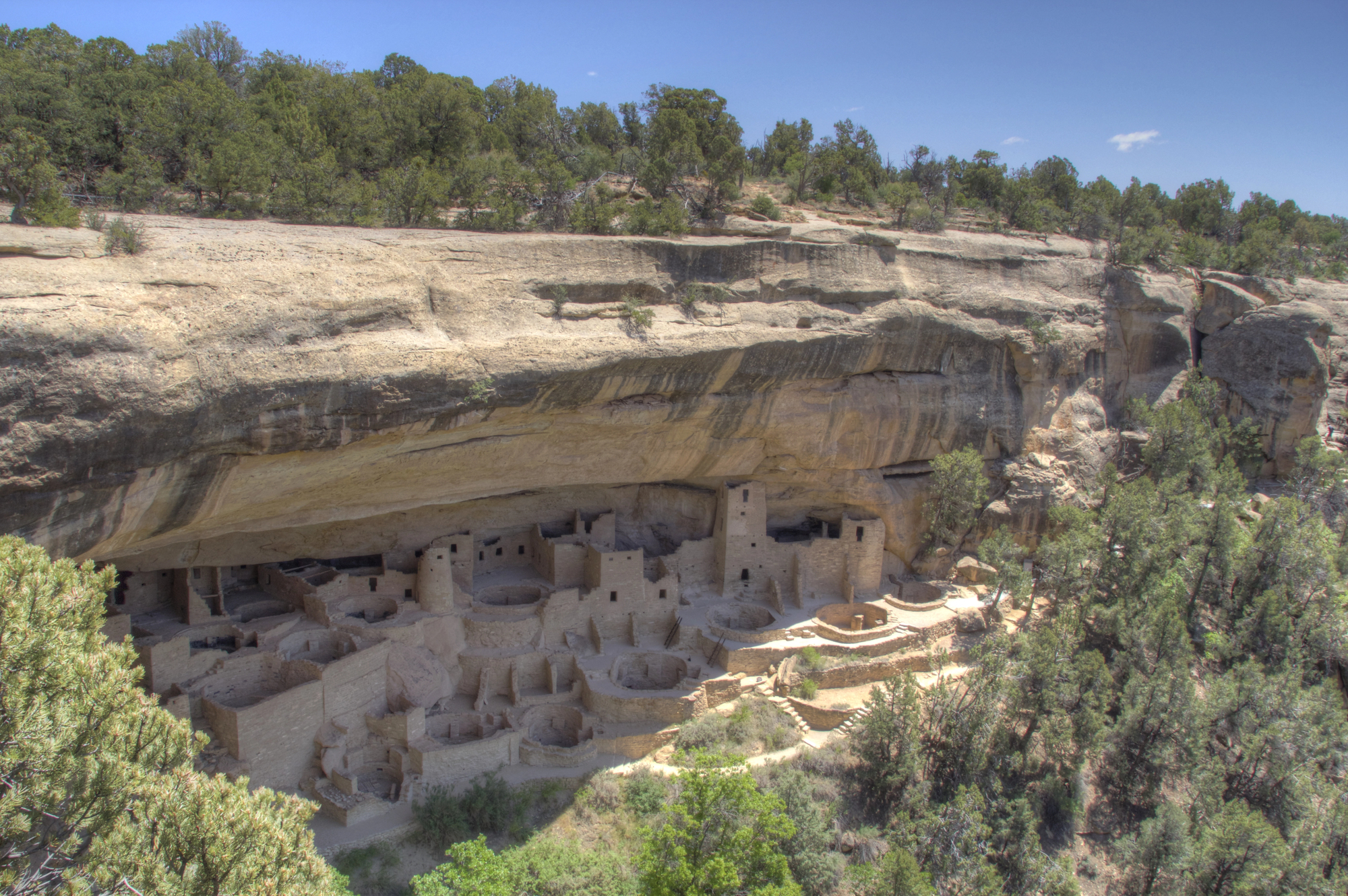
In Bolivia’s La Paz, homes cling to near-vertical cliff faces, making use of every available inch of space. These houses use special anchoring systems and reinforced foundations to stay secure.
Residents have developed unique vertical gardening techniques to grow food in their limited space.
Like Go2Tutors’s content? Follow us on MSN.
Underwater Rooms
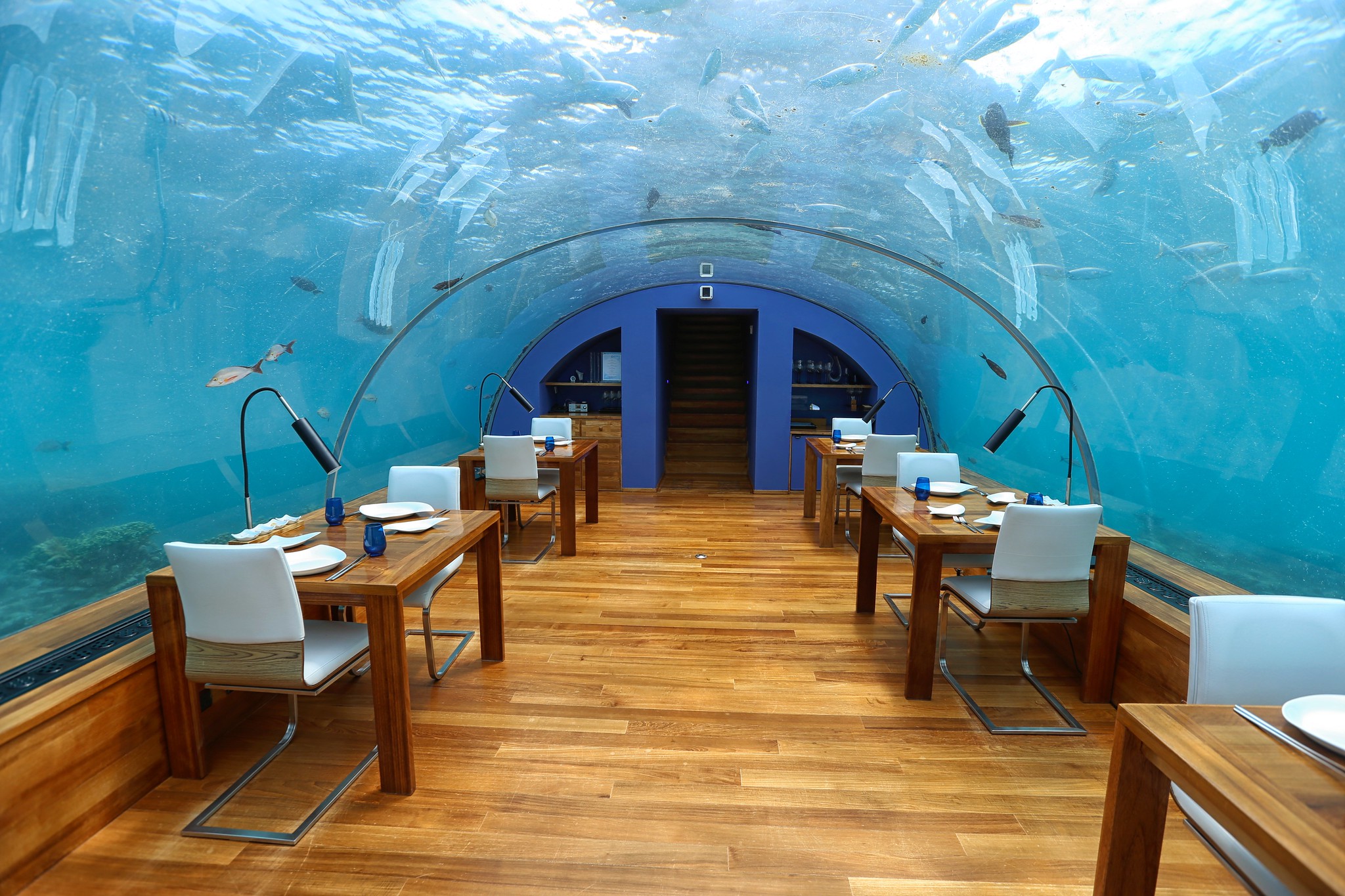
Modern architects have created submarine hotel rooms with thick acrylic walls that withstand enormous water pressure. These underwater spaces offer unparalleled views of marine life while maintaining normal air pressure and temperature.
Special lighting systems help maintain natural day-night cycles for guests.
Hurricane-Proof Domes
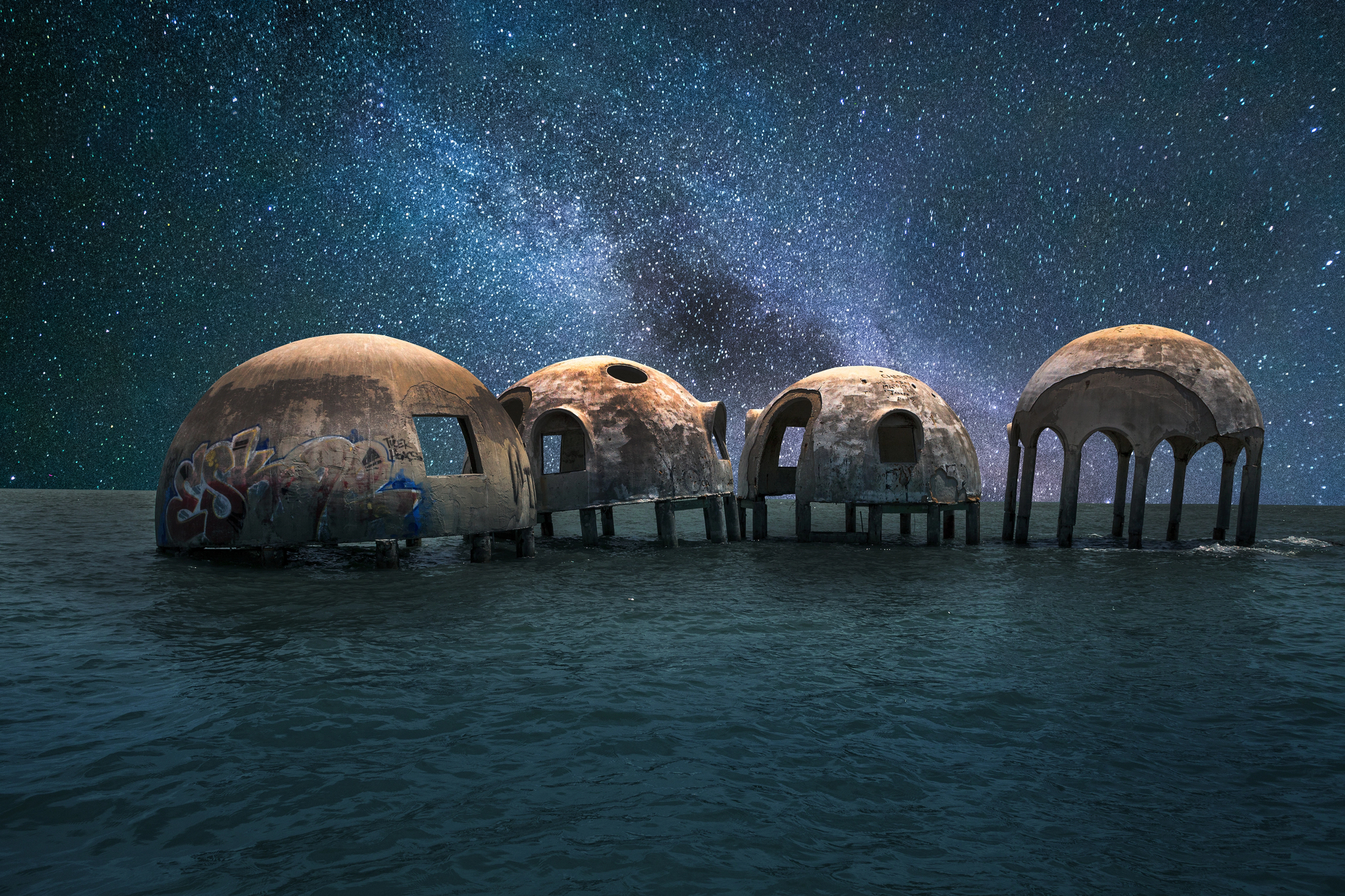
Along the Gulf Coast, dome-shaped homes can withstand Category 5 hurricane winds. Their rounded shape lets wind flow around rather than against them, while concrete construction resists flying debris.
These homes often survive storms that flatten traditional houses nearby.
Desert Solar Houses
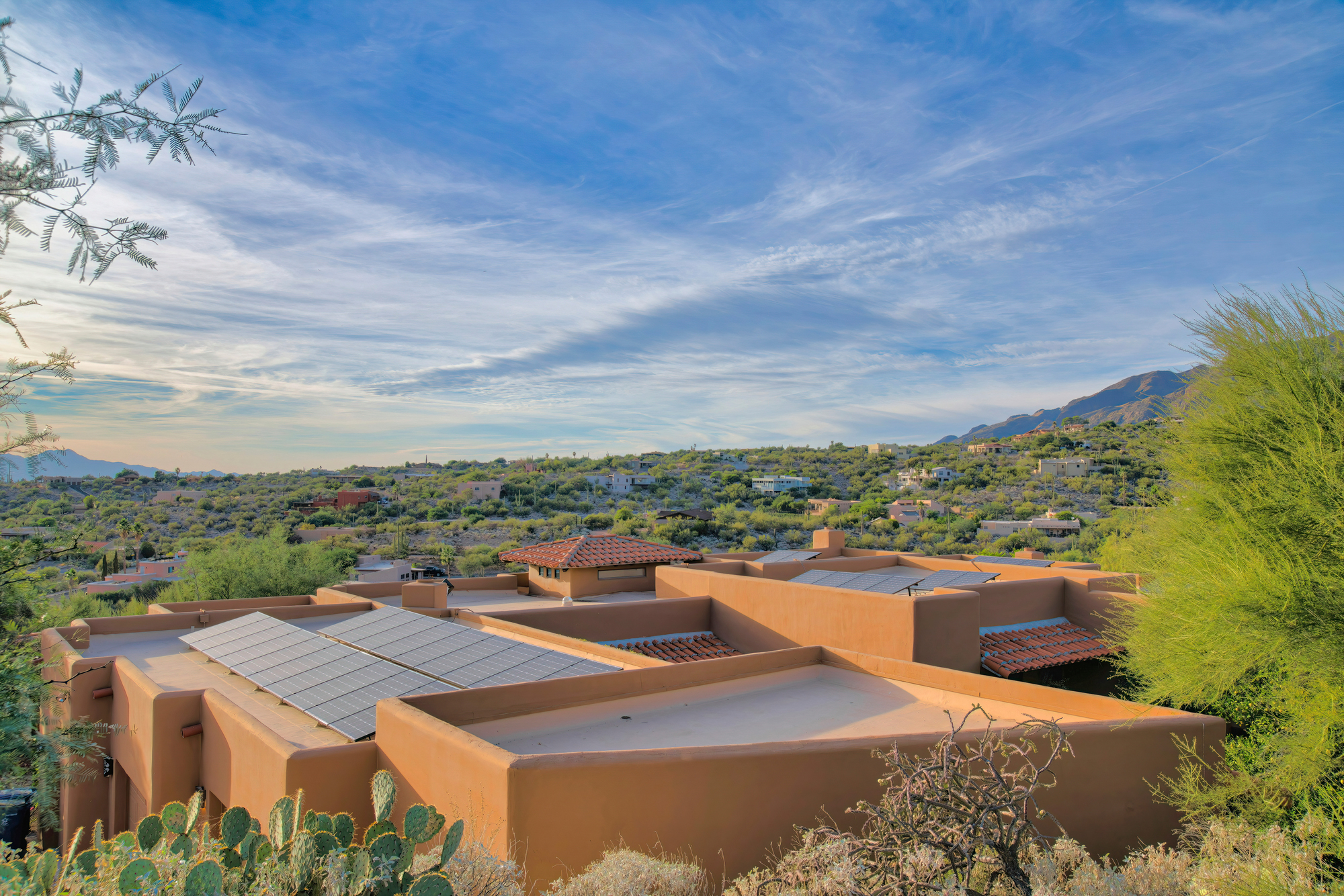
In Arizona’s deserts, solar-powered homes use special glass and positioning to stay cool without traditional air conditioning. These houses track the sun’s movement, adjusting internal shutters automatically to maintain comfortable temperatures.
Excess solar power runs water recycling systems for desert gardening.
Like Go2Tutors’s content? Follow us on MSN.
Volcanic Stone Houses
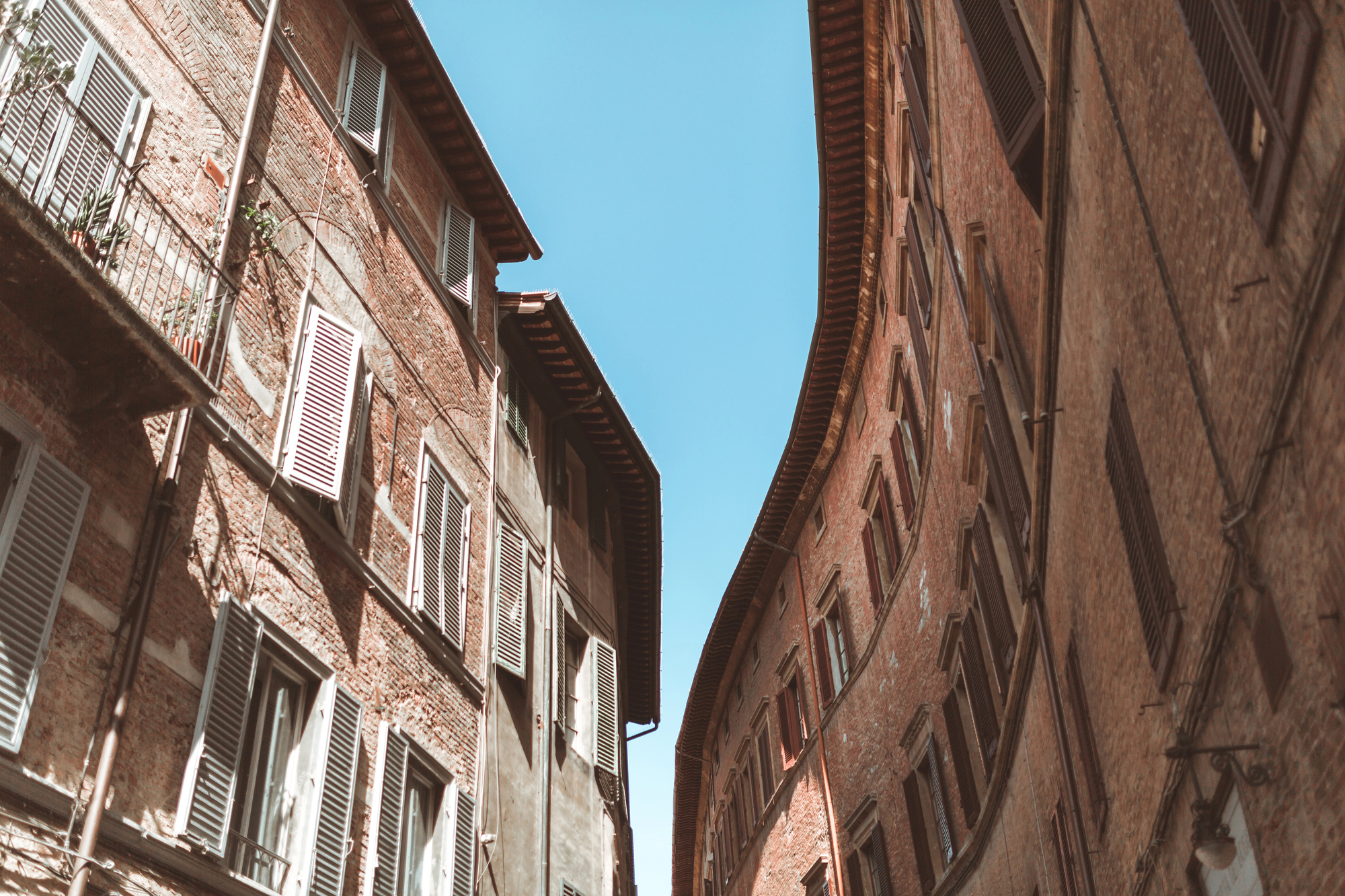
On Italy’s Mount Etna, locals build homes using cooled lava rock from previous eruptions. These structures have extra-thick walls and special roof designs to handle ash fall.
The volcanic stone provides excellent insulation while being naturally fireproof.
Permafrost Foundations
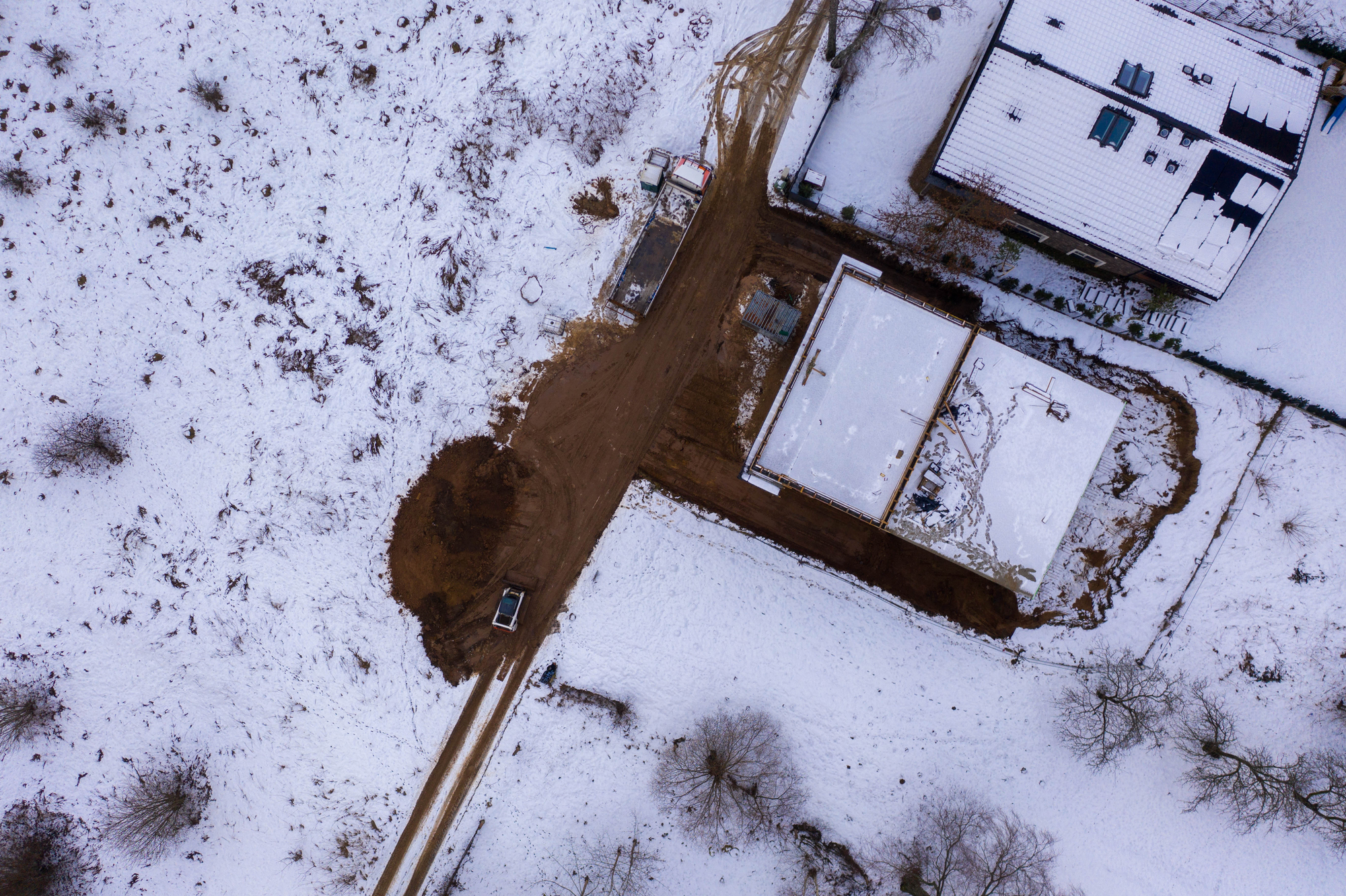
Alaskan engineers have developed special elevated foundations that prevent buildings from sinking into melting permafrost. These homes sit on adjustable stilts that can be realigned as the ground shifts.
The heat from the building never reaches the frozen ground, preventing destabilization.
Bamboo Sky Homes
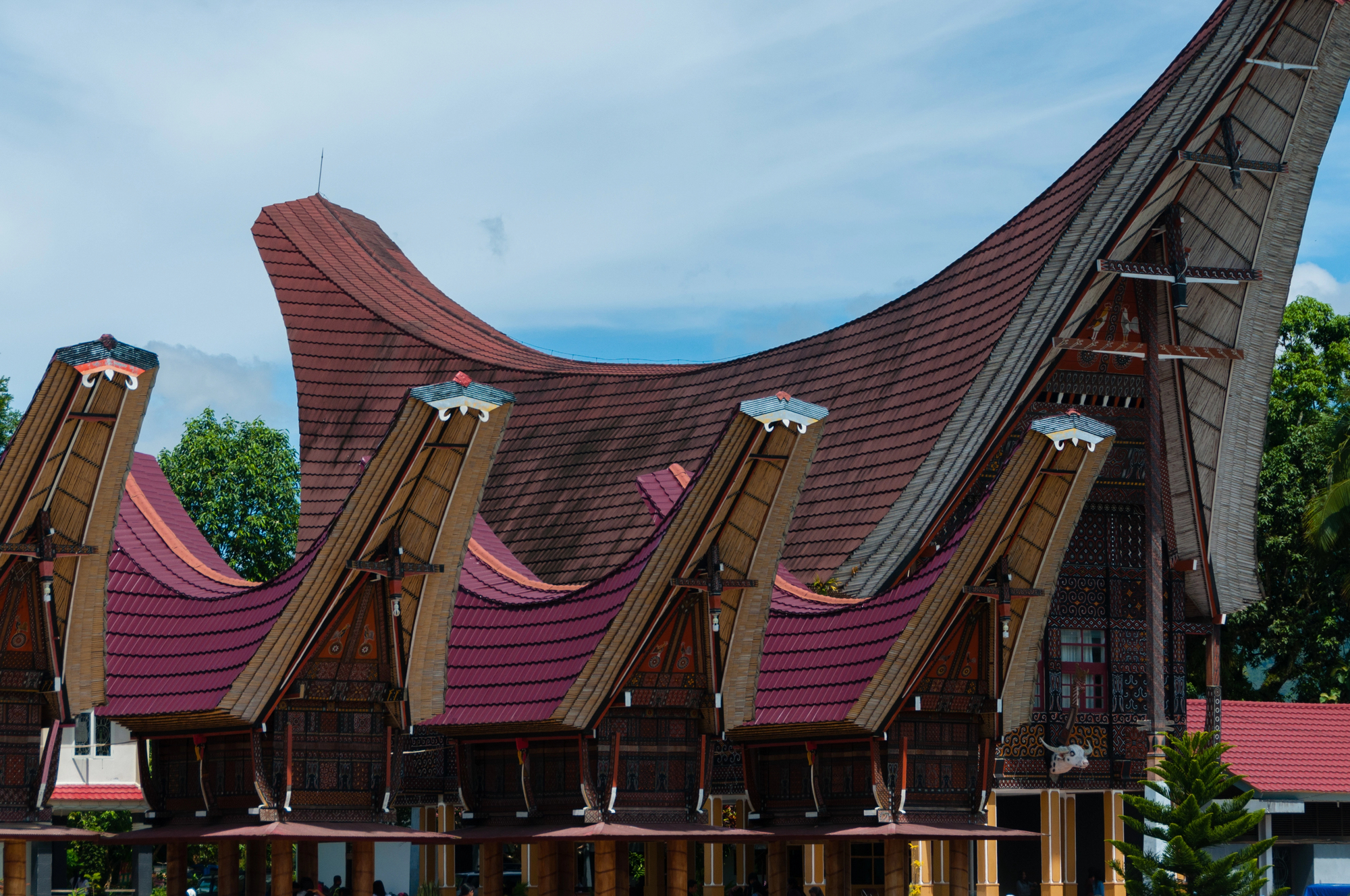
In Hong Kong’s dense urban environment, temporary homes made from bamboo scaffolding sit atop skyscrapers. These lightweight structures can be assembled or dismantled in days, using traditional joinery techniques that flex during high winds rather than breaking.
Like Go2Tutors’s content? Follow us on MSN.
Salt Block Houses
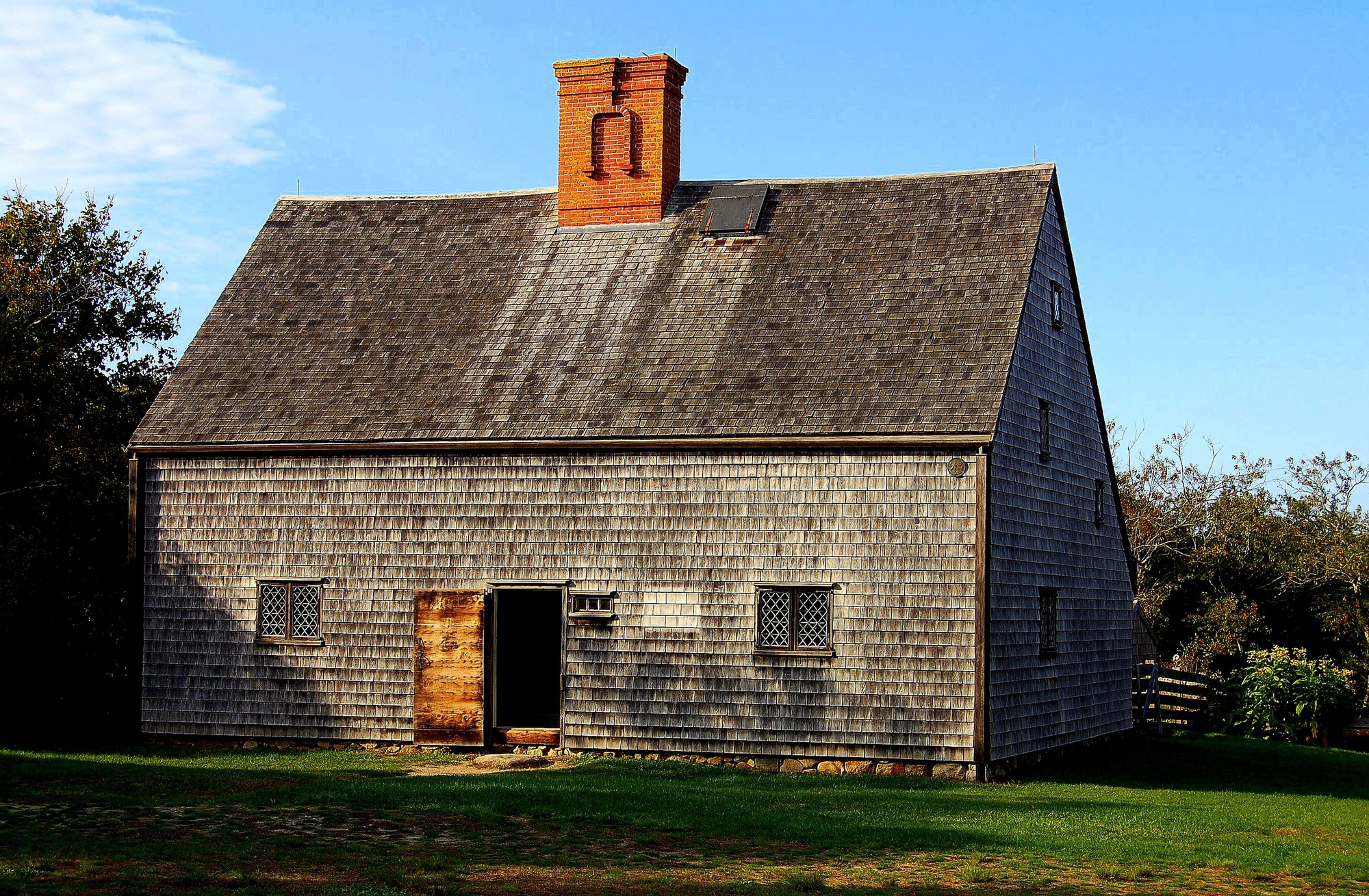
Bolivia’s salt flats host hotels built entirely from salt blocks cut from the ground. These structures use salt for walls, floors, and furniture, held together with salt-based mortar.
The salt naturally regulates humidity while providing sturdy building material in an area where traditional materials are scarce.
Forest Fire Resistant Homes
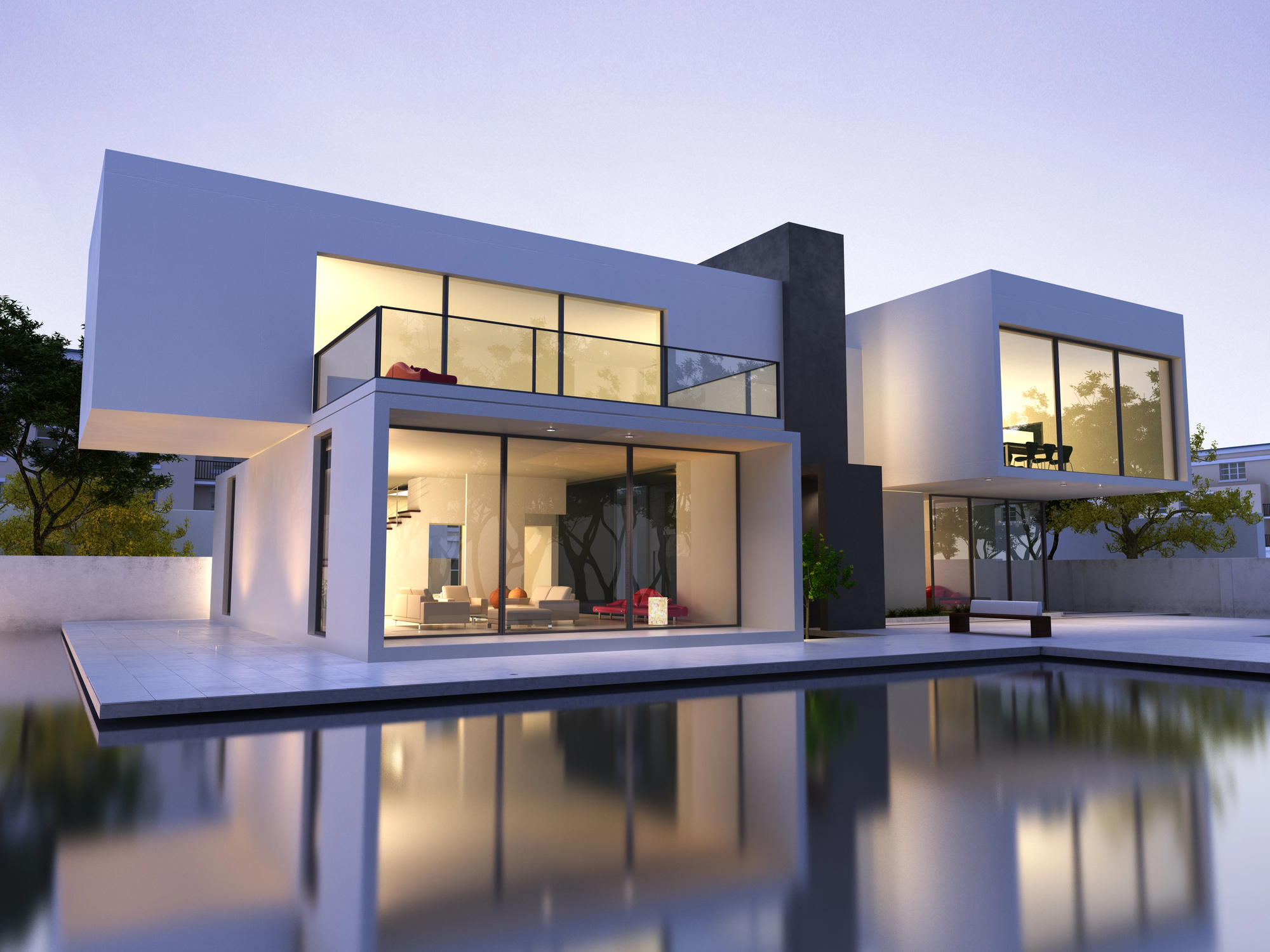
California architects have created houses that can survive intense forest fires. These homes use non-combustible materials and special vents that close automatically when sensing smoke.
Underground water tanks and sprinkler systems provide emergency protection during fire seasons.
Tsunami-Safe Structures
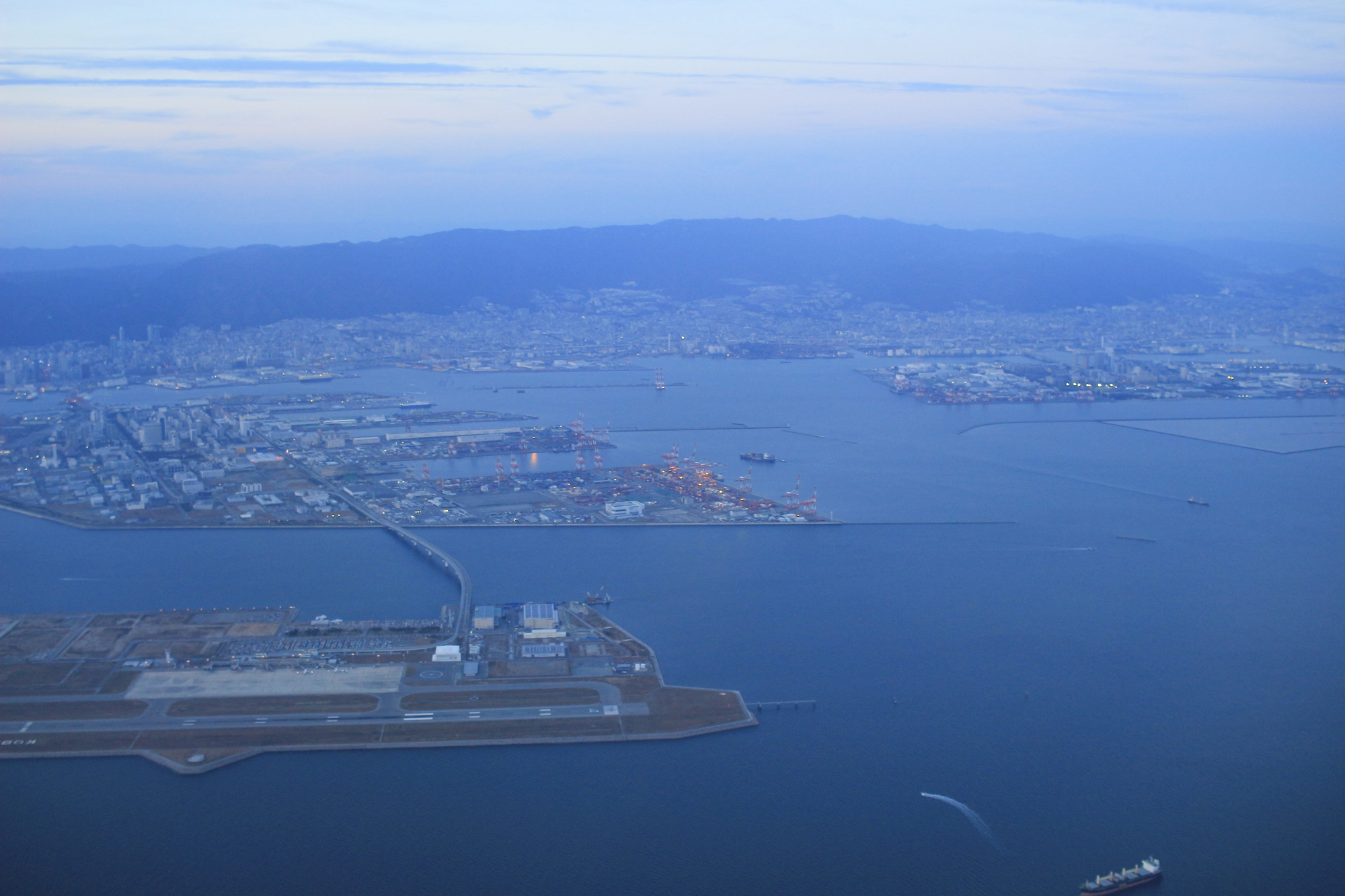
Japanese coastal areas feature homes built to channel tsunami waters through their ground floors. These buildings use breakaway walls on lower levels while anchoring living spaces above the flood zone.
Special drainage systems quickly remove water after waves recede.
Like Go2Tutors’s content? Follow us on MSN.
Desert Earth Ships

New Mexico’s desert hosts self-sustaining homes built from recycled materials and Earth. These structures use thick walls made from old tires packed with soil, creating perfect insulation.
Greenhouse windows collect solar heat while growing food year-round in the harsh environment.
Mountain Terrace Houses
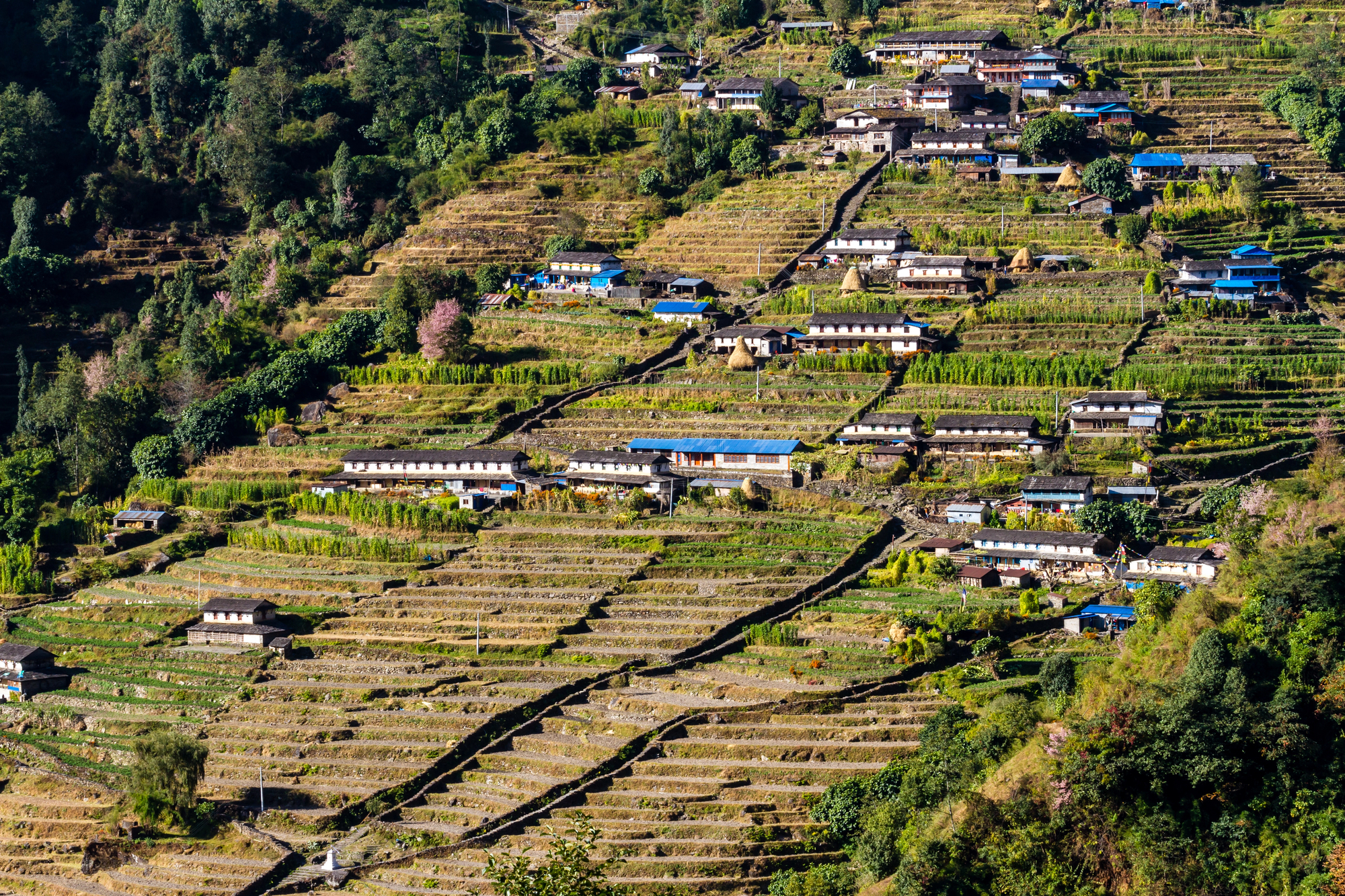
Nepal’s mountain communities build homes that step down steep hillsides, using each roof as a terrace for the house above. These structures spread weight evenly across the slope while maximizing growing space.
Stone walls absorb daytime heat and release it at night, maintaining comfortable temperatures.
Sky Gardens
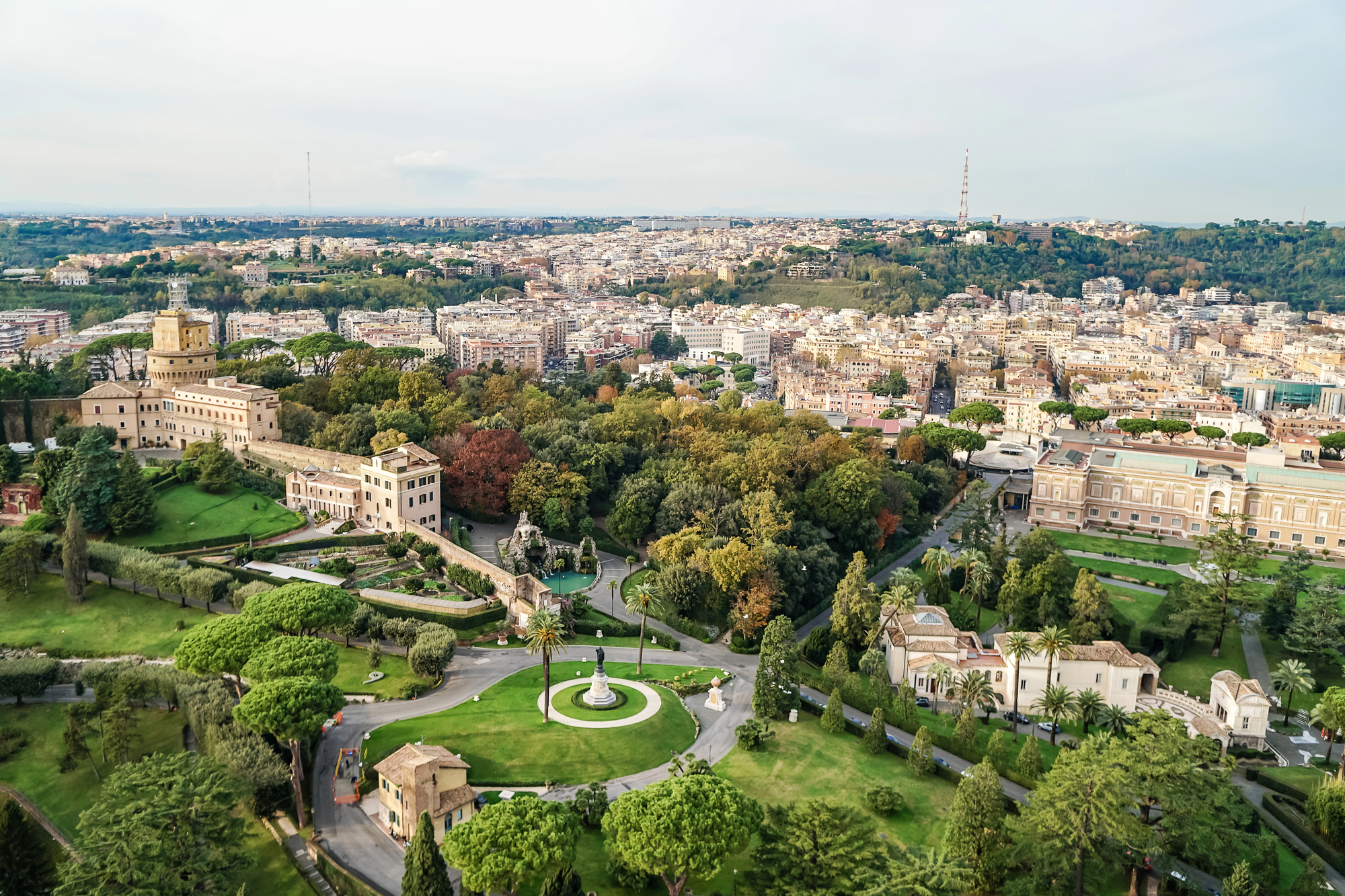
Singapore’s modern buildings integrate entire forests into their structures, creating vertical ecosystems that cool the building naturally. These green spaces filter air pollution while providing natural shade and insulation.
Rainwater collection systems maintain the gardens without using city water supplies.
Like Go2Tutors’s content? Follow us on MSN.
Building Beyond Boundaries
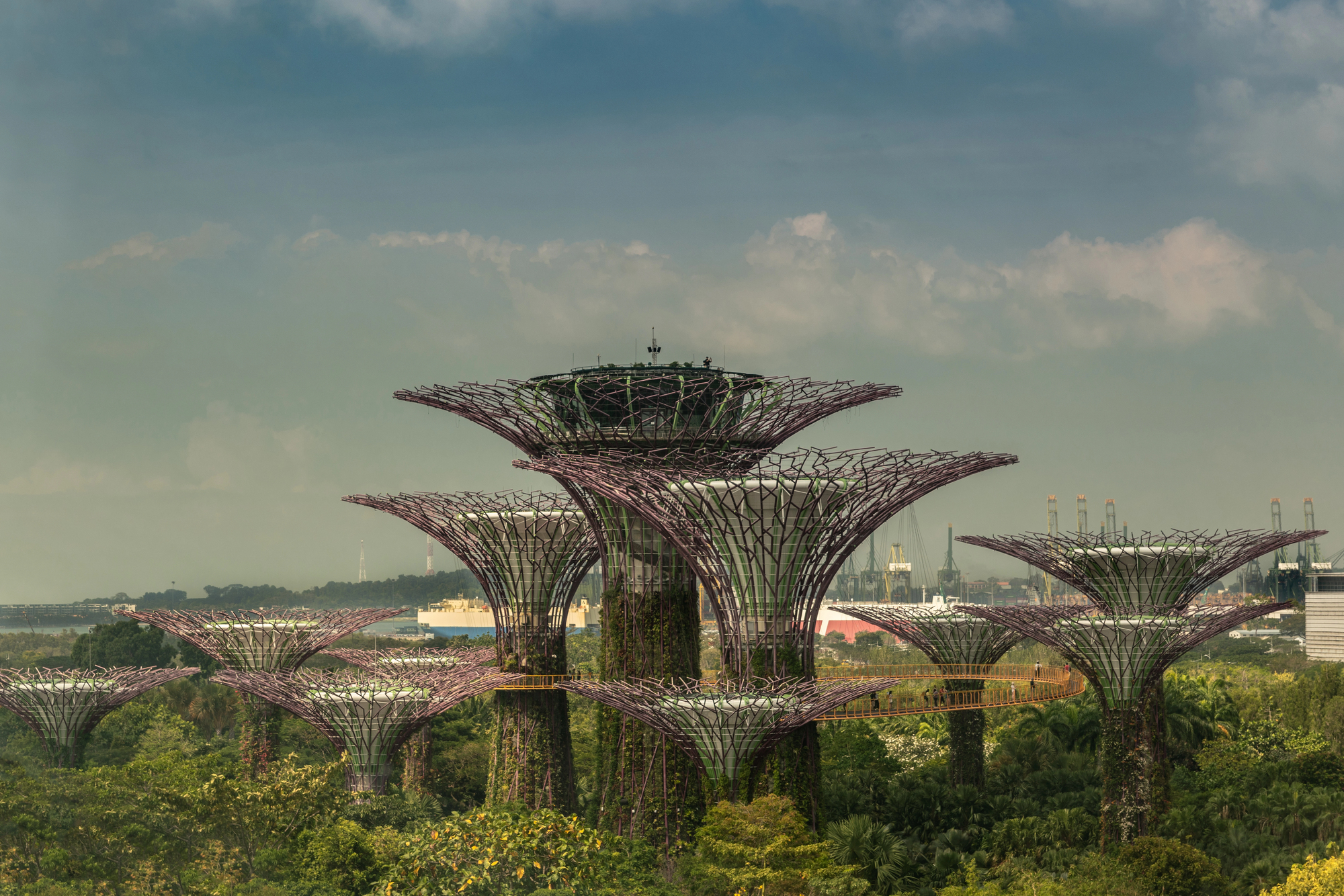
What started as survival strategies have evolved into innovative architectural solutions for our changing world. These homes show how human ingenuity can transform hostile environments into thriving communities.
These adaptations aren’t just about survival – they’re blueprints for future living as we face new environmental challenges. From underground cities to floating neighborhoods, yesterday’s extreme homes might just be tomorrow’s normal neighborhoods. They remind us that the definition of “home” is as adaptable as the people who build them.
More from Go2Tutors!

- 15 Unforgettable Candy Bars From The 60s and 70’s That Disappeared Too Soon
- 15 Myths About Famous Historical Figures That Aren’t True
- Famous Battles: How Much Do You Really Know About U.S. History?
- 20 Historical Artifacts That Scientists Can’t Explain
- 15 Little-Known Facts About Famous Historical Events
Like Go2Tutors’s content? Follow us on MSN.
